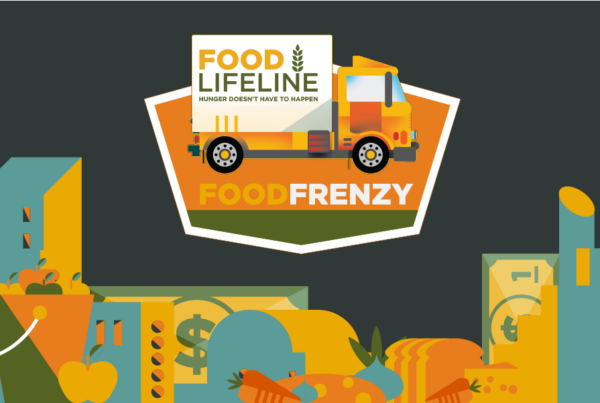In a four part blog series, we examine hunger in Western Washington and the impact it has on individuals, families and emergency food providers. As part of the Hunger in America Study, Food Lifeline surveyed our member agency food banks, meal programs and emergency shelters, as well as their clients, to get a comprehensive look at whose hungry, the effects of hunger, and how people cope. From raw data came real stories.
The Food Program Landscape
The story of our member agencies and the work they do
 Food banks, meal programs and shelters play a vital role in helping people stay on their feet during challenging times. More than 60% of the clients at our food banks rely on them as one of their key sources of food and an important part of their plan to make ends meet.
Food banks, meal programs and shelters play a vital role in helping people stay on their feet during challenging times. More than 60% of the clients at our food banks rely on them as one of their key sources of food and an important part of their plan to make ends meet.
When clients go to one of our agencies, they find more than just food; agencies help link clients with the resources they need to improve their lives. About half of agencies provide cooking classes, nutrition workshops, or referrals to other services.
 One of the biggest challenges facing agencies is purchasing healthier foods. Even though they want to offer more fresh and healthy food, three out of four of agencies struggle to afford it and half can’t get enough from food sources other than Food Lifeline.
One of the biggest challenges facing agencies is purchasing healthier foods. Even though they want to offer more fresh and healthy food, three out of four of agencies struggle to afford it and half can’t get enough from food sources other than Food Lifeline.
Food Lifeline is working hard to provide more, healthy and fresh food to our agencies so they can continue to use their resources wisely. When we can provide the healthy food that clients need, agencies can focus their efforts and dollars on acquiring foods unique to the clients they serve, supporting staff, and updating their infrastructure. Two out of three agencies said losing food from Food Lifeline would have a major negative effect on their ability to serve clients.





